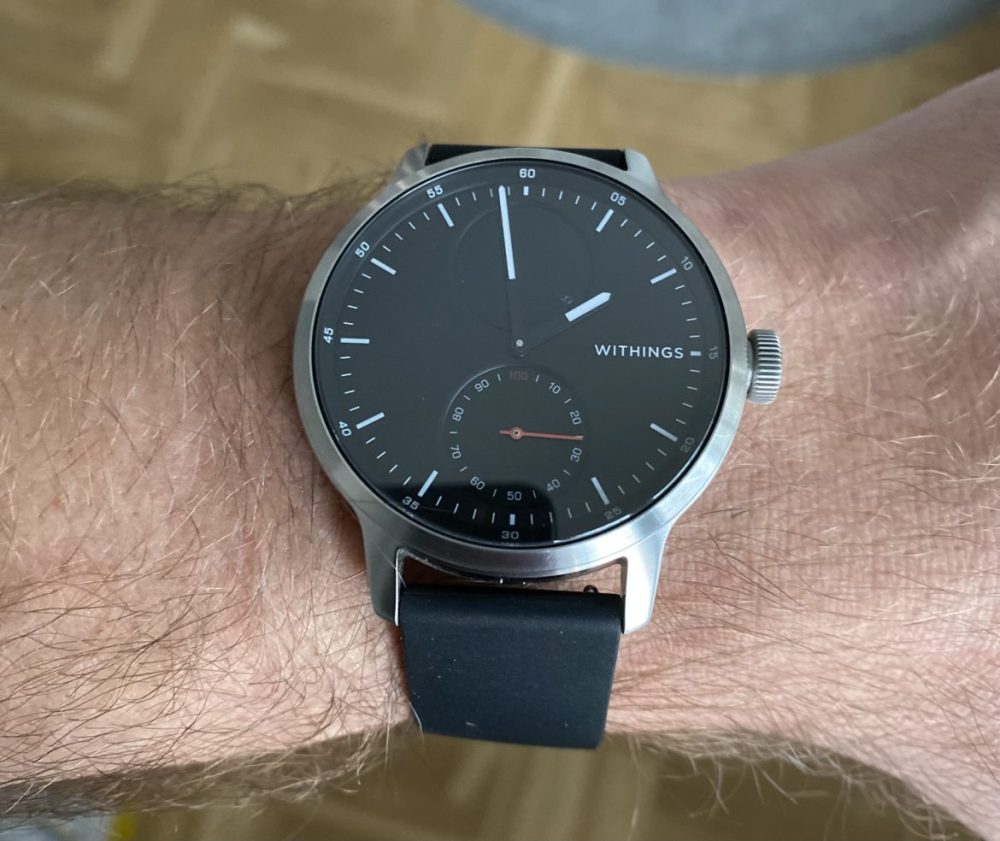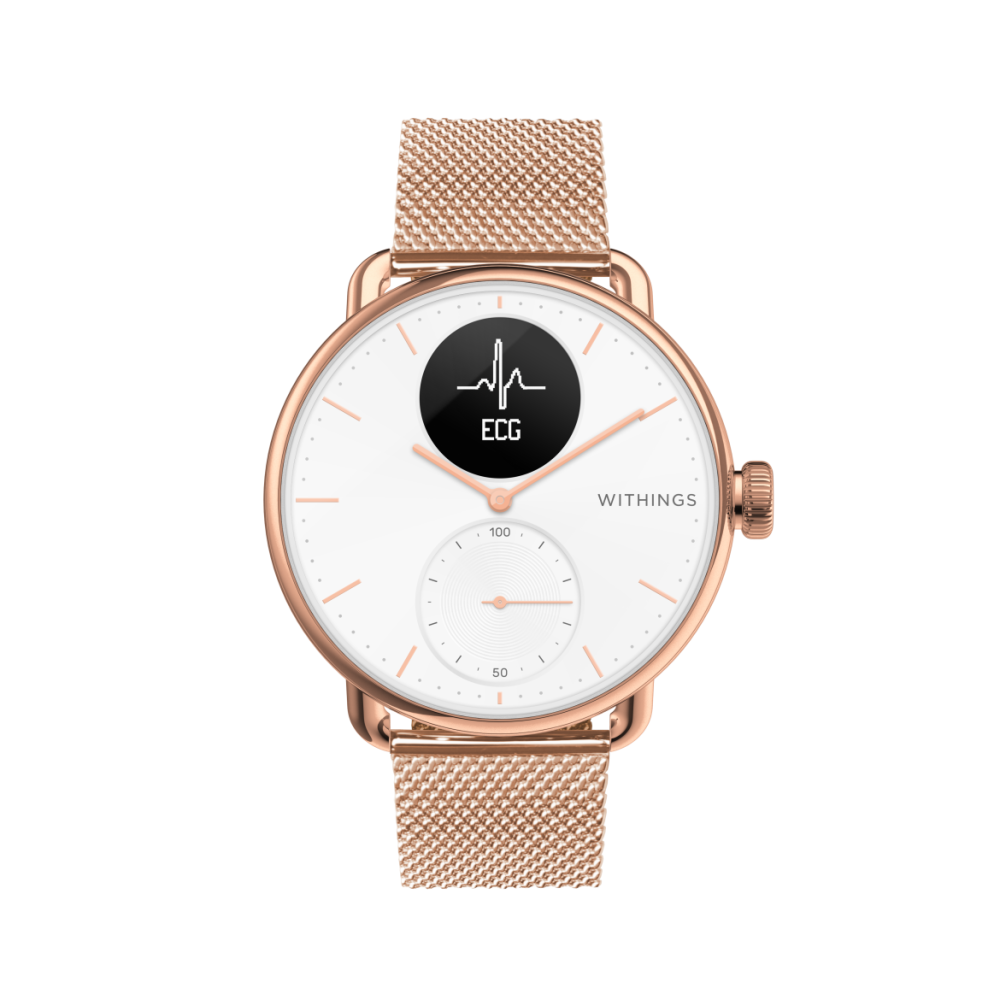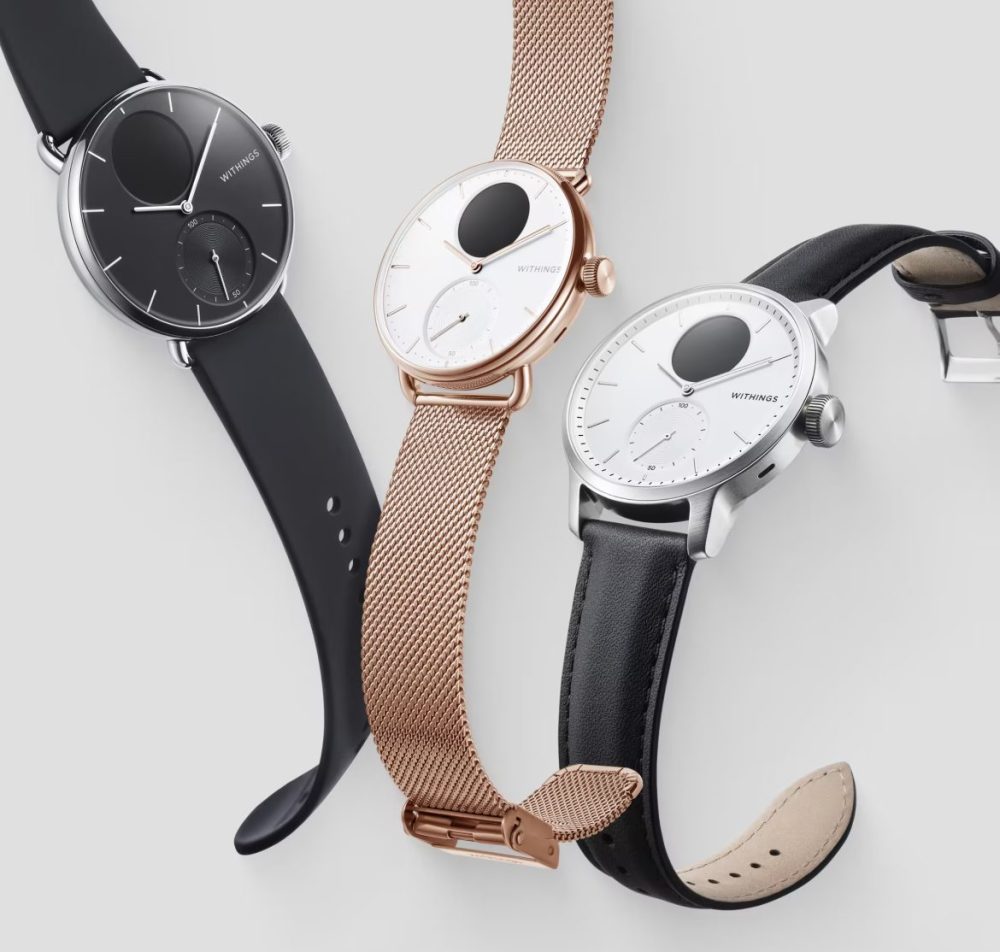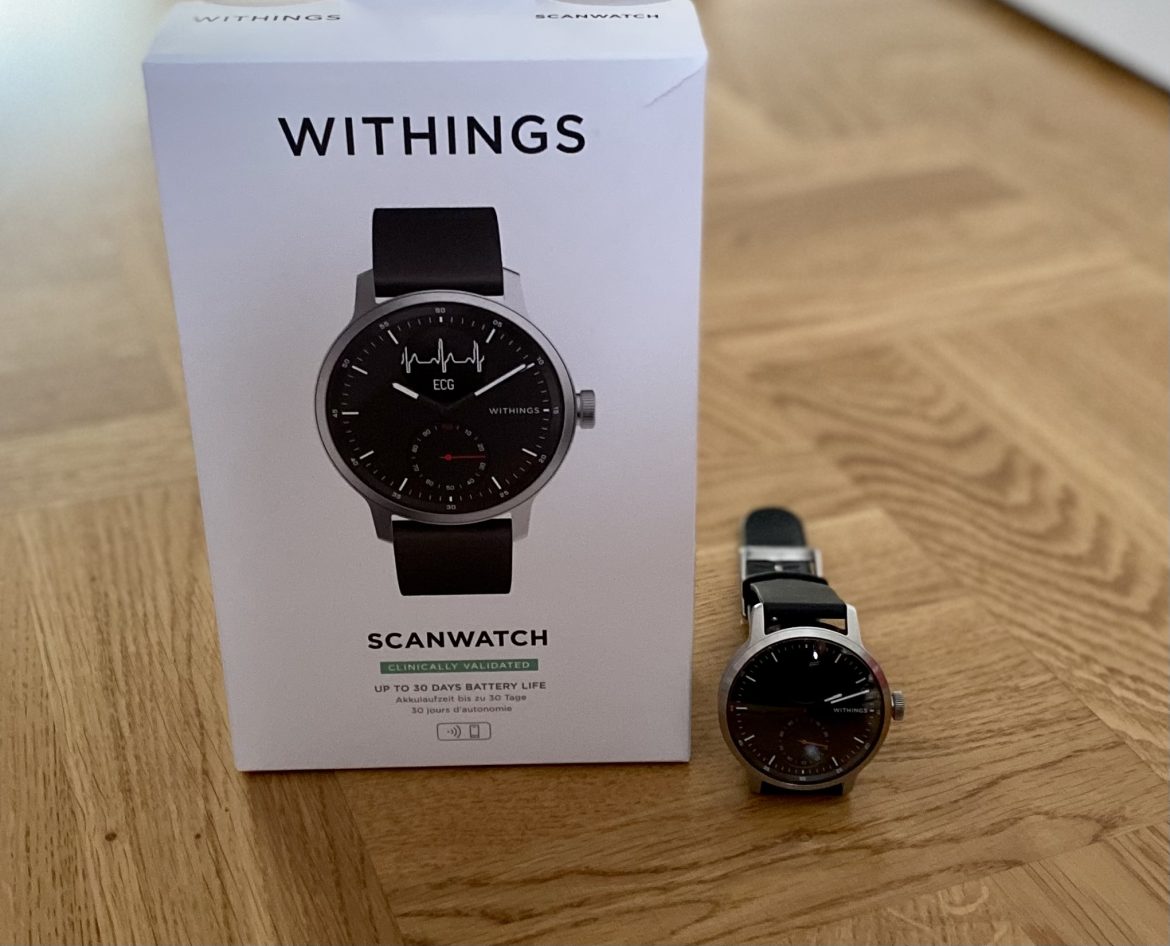TL;DR
Tired of clunky, unattractive smartwatches? Withings' ScanWatch aims to blend timeless watch aesthetics with essential health tracking. This elegant hybrid boasts a classic analog face with a discreet digital display for notifications and health metrics like SpO2 and heart rate. It's clinically approved for AFib detection and offers a streamlined app experience. While it skips the touchscreen and integrated GPS, it focuses on style and core health, making Apple Watches look "childish." Discover if this sophisticated wearable is the perfect fusion of fashion and function for you. Read on for the full breakdown!
The smart wearable market has seen substantial growth in recent years. While classic mechanical watches remain a status symbol, activity trackers, ranging from the Apple Watch to Huawei’s affordable Band 6, have largely replaced them for general consumers. These devices occupy different price points and offer varying features and levels of precision, but share a common trait: their aesthetic appeal is often lacking. Indeed, many wearables are considered unattractive. French company Withings aims to address this gap, positioning the ScanWatch as a potential solution for those seeking a stylish “watch-hybrid.”
Withings has a considerable international presence in the wearable technology sector. However, its presence in Sweden is surprisingly limited, especially considering the region’s design sensibilities. The ScanWatch (specifically, the black 38mm dial model reviewed here) is available in two primary versions: the standard ScanWatch in black and white, and the SmartWatch Horizon diver’s watch – a visually striking option (albeit at a higher price point, which we hope to evaluate in the future). The dial comes in 38mm and 42mm sizes; the larger size increases the watch’s weight to 83 grams from 58 grams, a difference that feels significant. Beyond the advertised 30-day battery life, the ScanWatch’s simplicity and elegance are immediately apparent, particularly for a smartwatch. The design is refined, featuring an analog dial. A single press of the side button displays the time digitally, along with the day of the week and date. The watch hands intelligently reposition themselves to avoid obstructing the digital display. While the competition in the aesthetically-focused wearable niche is minimal, the ScanWatch makes popular smartwatches like the Apple Watch appear comparatively childish – bulky and constructed from less premium materials. This design-centric approach does come at a cost: the ScanWatch lacks a touchscreen, a common feature in many smart devices.

The watch face is constructed from reinforced sapphire glass with an anti-reflective coating, making it resistant to dirt and easy to maintain. However, the absence of a touchscreen means that all functions are controlled via the side button, which cycles through options such as do not disturb and timer settings. The ScanWatch measures oxygen saturation and heart rate (with continuous monitoring available). Accurate SpO2 readings require the user to press their fingers against the watch on their wrist. SMS and other notifications are displayed on a thin text line, reminiscent of older mobile phones and telegrams.
Regarding accuracy, the ScanWatch performs reasonably well. As with many smart wearables, SpO2 readings tend to be slightly lower than those obtained with a dedicated fingertip pulse oximeter (averaging 97% compared to 99%). However, the goal is not surgical precision, but rather to provide a reliable indication and detect trends in pulse rate and potential arrhythmias, such as atrial fibrillation. The ScanWatch is clinically tested and approved for detecting this condition, and users can generate a PDF report for their physician if they need to monitor these values at home.

The ScanWatch lacks integrated GPS functionality. However, users who wish to track their training routes (e.g., while running) can leverage the GPS functionality of their mobile phone via the Withings app, provided they carry their phone with them during the activity.
The Withings app is one of the most streamlined and reliable we have tested, easily integrating with other Withings products, such as the Body Comp smart scale (which we will review soon). It boasts rapid loading times and seamless synchronization, avoiding the prolonged sync delays sometimes encountered with Huawei and Google-owned Fitbit apps. However, sleep tracking presents a notable drawback. The app combines REM (dream) sleep and Deep sleep into a single reported value, which is suboptimal as both are critical for health but represent distinct metrics. Deep sleep, often challenging to achieve adequately, is a key metric for many users. Furthermore, the ScanWatch tends to underestimate total sleep time, a finding confirmed when compared to simultaneous tracking with a Fitbit device on the other arm. Ideally, future iterations would provide a more granular breakdown of sleep data. We speculate that this limitation resides within the app itself, rather than the hardware.

Despite its shortcomings, the ScanWatch’s stylish design, user-friendly app, and ease of setup (seamless Bluetooth pairing and automatic hand adjustment) are compelling. Users requiring a touch display, GPS, NFC for payments, and app support should consider alternative options. However, for those seeking a smartwatch that convincingly emulates a traditional watch while providing health monitoring features (including step counting), the ScanWatch offers a compelling value proposition, especially during Black Friday promotions. While the battery life may not quite reach the advertised 30 days with all monitoring functions enabled continuously (recommended for comprehensive data), a runtime of just over three weeks remains respectable. Style-conscious users can personalize their ScanWatch with alternative straps, while those with a higher budget may consider the ScanWatch Horizon, albeit at a premium.
Withings provided review samples for this evaluation. The provision of review materials does not influence our editorial independence.

